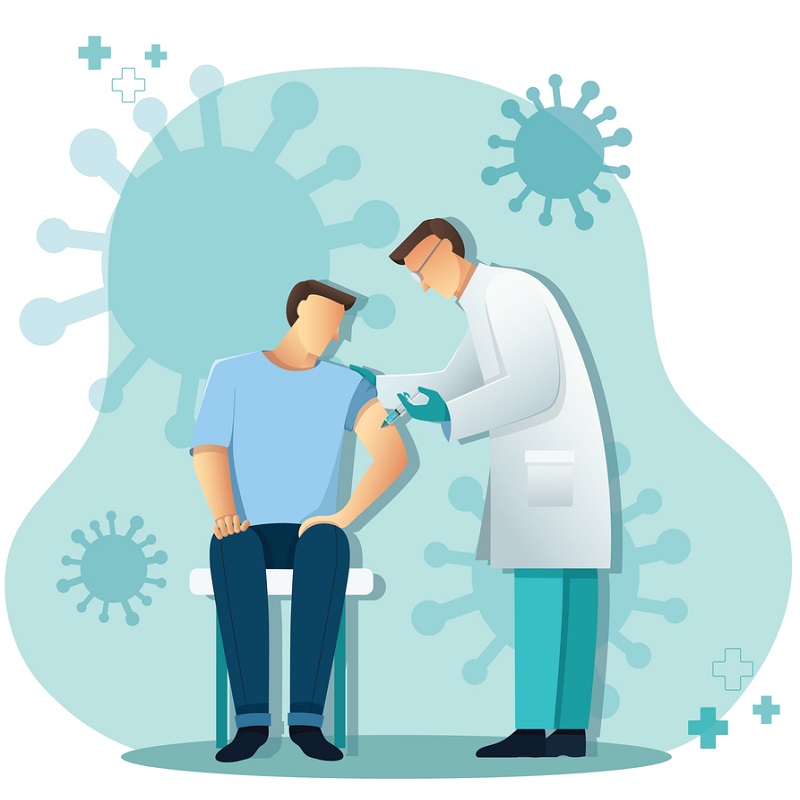AI and AR research is always being carried out around the world. It will help to find new and exciting ways to treat patients. This is exactly what has been happening in Singapore. Here, a team consisting of National University Hospital (NUH) clinicians and National University of Singapore engineers have created software that uses artificial intelligence (AI) and augmented reality (AR) to detect veins that are hard to find.
How do the AI systems work?
To carry out this new process, a healthcare worker pastes a sticker onto the arm of a patient which the innovative software identifies. A headset is then used to locate the patient’s veins which are detected due to how blood vessels absorb infrared light. The healthcare worker will be able to see digital images of the veins on the patients arm. This makes them far easier to locate.
Why is this important?
Some patients have veins which are small or difficult to find. This new AI and AR technology means that healthcare workers will be able to draw blood or deliver fluids more efficiently. At the moment, healthcare workers can use an ultrasound machine to locate veins when necessary. But this requires the use of a hand which can make the whole process difficult to carry out. With this new technology, the headset leaves both of the healthcare worker’s hands free.
What’s next?
The process of using AI and AR to locate veins is still being tested. However, it is thought that this testing could be completed in the next year. Virtual reality is also being used elsewhere in the healthcare industry for a variety of reasons.
Even so, how might AI and AR benefit you and your organisation? For more information about the future of healthcare technologies healthcare, read our post on Health Benefits of Technology: Virtual Reality.











